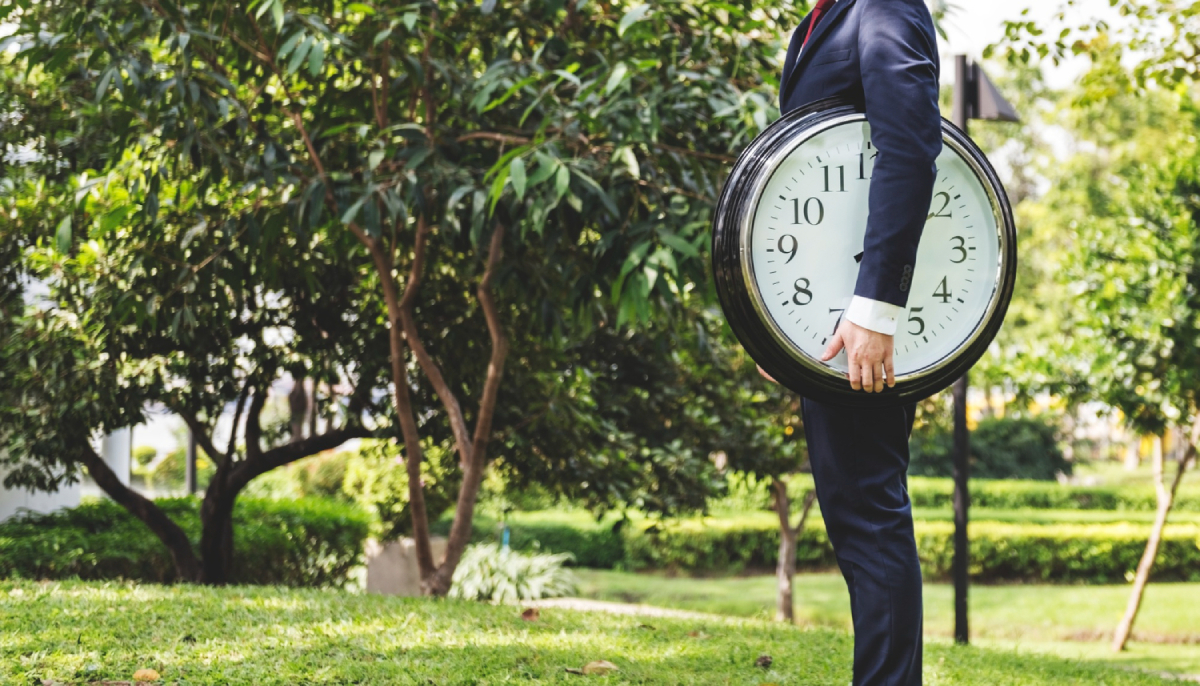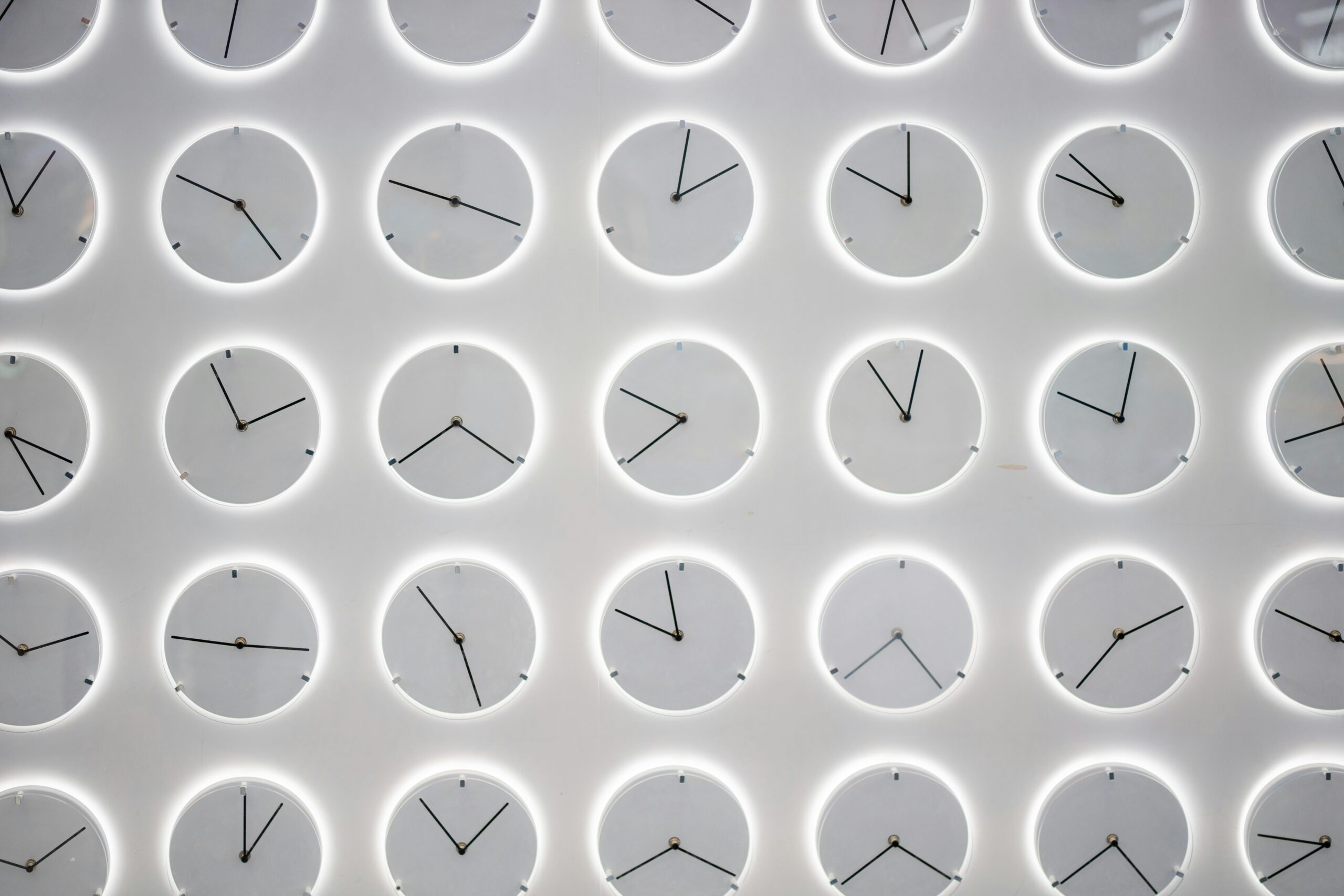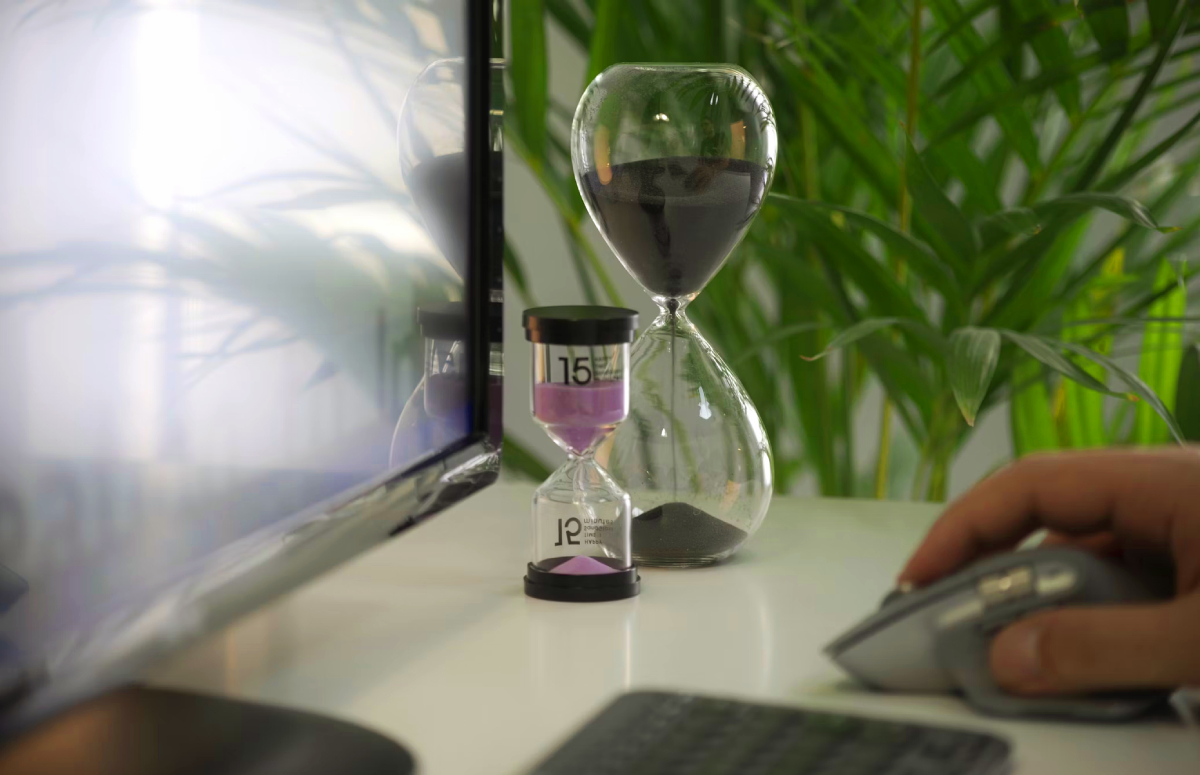With over 333 billion emails sent and received daily, email remains a vital component of modern communication, particularly in business. However, when to send an email is a billion-dollar question. Timing can significantly impact your email’s effectiveness, whether for marketing, networking, or daily correspondence. Striking when the recipient is most likely to engage can mean the difference between a conversion and a message lost to the abyss of an overcrowded inbox. This article discovers the 11 most multifaceted factors that dictate the best time to send an email. From understanding your audience’s habits to considering time zones and industry trends, you’ll learn how to optimize your email schedule. So, let’s get started!
Why Timing Matters for Email Sending?
The timing of your email dispatch greatly influences its effectiveness:
- Impact on open rates. Presenting your message when your audience is most attentive can lead to improved open rates. Typically, sending emails during the workweek, particularly mid-morning or early afternoon, sees a higher engagement rate.
- Influence on engagement. The timing of your email can notably affect your click-through rates (CTR). Your recipients are more likely to interact with your content if it arrives at a time when they are not overwhelmed with other tasks. This underscores the importance of understanding your audience’s routine and preferences to maximize the likelihood of clicks.
- Effect on conversion rates. A well-timed email can catch your potential customers in a receptive state, increasing the chances of them completing a desired action, whether that’s filling out a form, making a purchase, boosting customer experience, or another conversion goal.
To enhance your email strategy, consider these timing elements:
- Peak hours. Aim for times when users routinely check their email.
- Audience routine. Align with your audience’s daily patterns.
- Day of the week. Mid-week days often yield higher engagement.
- Time of day. Mornings and early afternoons are typically best.
By carefully choosing when to send your emails, you position your message to stand out in crowded inboxes, potentially increasing engagement and driving desired outcomes.
11 Factors Influencing the Best Time to Send Emails
Selecting the right moment to send an email is a critical component of an effective digital marketing strategy. Optimizing your email send times is not about pinpointing a universal perfect moment but rather understanding your audience and adjusting to their habits and preferences.
Consideration of several key factors ensures investing in email marketing is worth it.
1. Industry-Specific Trends
When crafting your email marketing strategy, it’s crucial to consider the specific tendencies of your industry. Different sectors exhibit unique peak times when their audiences are most receptive to email communication.
For example, B2B (Business-to-Business) companies often see higher engagement during work hours, particularly mid-week. In contrast, B2C (Business-to-Consumer) organizations might find better success around early evenings or weekends, when consumers are more likely to check personal emails.
Some Latest Research on Peak Times:
Retail Sector:
- Peak Open Times: 9 AM – 12 PM
- Peak Click-Through Rate (CTR): 12 PM – 3 PM
Technology and SaaS:
- Highest Engagement: Midweek
Healthcare:
Optimal Sending Time: Tuesdays and Thursdays to capitalize on open rates.
Key Factors to Take into Account:
- Analysis of past email open and click-through rates
- Understanding your specific target audience’s behavior
- Considering the time zone differences of your audience
By integrating this information with the particular characteristics of your industry, you can tailor your email campaigns to ensure they land in inboxes at a time when your audience is most likely to engage. Remember, data is your ally here, so utilize it to refine your timing and convert those leads into customers.
2. Audience Demographics
Understanding audience demographics is pivotal when deciding the best time to send your emails. Your audience’s age group preferences significantly influence when they are likely to check their email. For instance, working professionals often check their emails early in the morning or during lunch breaks, suggesting that mid-morning to early afternoon could be optimal sending times.
- Younger demographics might frequent their inboxes later in the day or even at night, aligning with their social habits and schedules.
- Older demographics may prefer mornings, as they might be early risers and check their emails as part of their morning routine.
In addition to age, consider your audience’s geographic location and time zones:
- Sending an email to recipients in multiple time zones requires a strategy that acknowledges the prime time in each region.
- If your target demographic is located in a specific region, align your email’s send time with their local peak hours.
- If you have a multilingual audience, you should have language professionals translate your emails.
When planning your email campaigns, understanding the daily routines and preferences of your target audience is crucial for achieving maximum engagement. Geographic location and age are significant factors that can influence the effectiveness of your timing. Below, we elaborate on how these factors intersect to inform your strategy:
Firstly, consider how geographic location affects optimal sending times due to varying time zones. People are more likely to engage with emails received during their active hours, which typically align with their local business hours. Next, age demographics come into play. Different age groups have varying online activity patterns, influencing when they are most likely to open and engage with your emails.
To illustrate these points, we’ve segmented the information into two themed sections:
Geographic Timing:
- Eastern Standard Time (EST): Ideal for reaching ‘Business Professionals’ who are likely to check their emails during the morning hours of their workday.
- Central European Time (CET): Perfect for engaging ‘Millennials’ who tend to prefer checking their emails in the early afternoon.
- Pacific Standard Time (PST): Optimal for ‘Seniors,’ who are more likely to read emails post-morning activities.
Demographic Focus:
- Business Professionals: Best reached in the EST morning hours when they begin their workday.
- Millennials: Most engaged during the early afternoon in CET, aligning with their typical online activity patterns.
- Seniors: Prefer reading emails later in the day, making PST late morning to early afternoon times ideal.
Remember, it’s also important to consider work schedules and weekends. For instance, business professionals might engage more at the start of their workday, while weekends could see lower engagement rates across all demographics.
3. Email Purpose
Different types of emails yield the best engagement results when sent at specific times that align with their intentions.
- Newsletter Engagement
Sending your newsletters when recipients are most likely to engage can dramatically increase open rates. Emails sent in the late morning, especially between 9 AM and 12 PM, tend to have higher engagement.
- Promotional Offers and Flash Sales
For time-sensitive deals, you’ll want to strike a balance between giving your recipient enough time to act and creating a sense of urgency. Emails with limited-time offers might perform best when sent early in the workday.
- Transactional Emails
These are emails triggered by specific actions taken by your customers, like purchase confirmations or password resets. Because they are expected, transactional emails should be sent immediately following the action to ensure timely and relevant communication.
4. Day of the Week
When you’re planning your email campaigns, the day of the week you choose can significantly influence your email engagement rates. Each day comes with its own set of engagement patterns, and understanding these can help you optimize your email strategy.
Weekday emails tend to perform differently from weekend emails. Typically, weekdays see higher engagement as your audience is more likely to check their emails during the work week. According to a survey by HubSpot, 27% of U.S. marketers find Tuesday to be the best day, followed by Monday and Thursday, with 19% and 17% respectively. The data suggests prioritizing mid-week to maximize open rates and engagements.
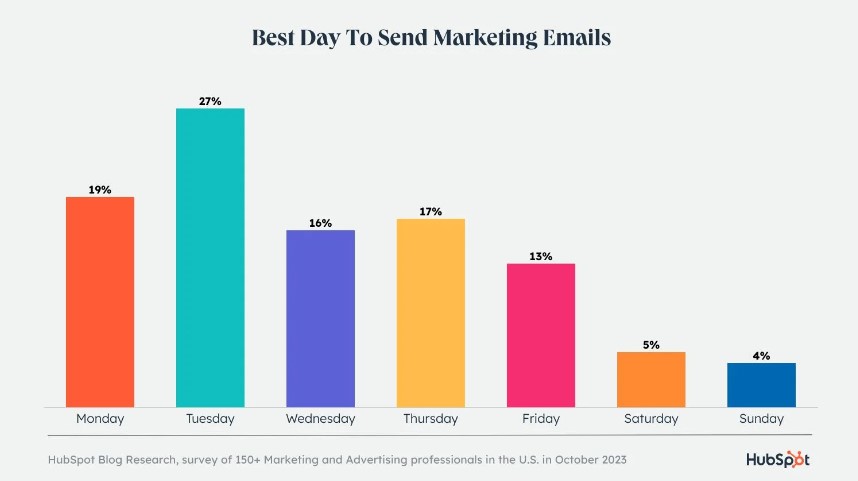
Here’s a quick breakdown:
- Monday: Often busy with catching up after the weekend. Emails may get lost in the shuffle.
- Tuesday – Thursday: These days tend to show higher engagement.
- Friday: Sometimes effective, but engagement can drop as people shift focus to the weekend.
- Weekend: Lower engagement rates, but may be suitable for certain audiences.
For specific outcomes such as sales or click-through rates, mid-week may also be strong for conversions, provided the emails are well-timed during the workday.
Consider your target audience’s habits and preferences. For business and professional services, stick to the workweek when recipients are in work mode. For leisure industries, the weekend might provide a surprising opportunity due to lower overall email volume.
Remember, while these trends provide a guide, they are not hard rules. It’s important to test different days and track your audience’s responses to find what works best for you.
5. Time of Day
The time of day you choose to send your emails can significantly impact their effectiveness.
- Morning (9 AM to 12 PM): The morning hours are beneficial for engagement, as many individuals start their day by checking their inboxes. This period is often good for informational and newsletter-style emails.
- Afternoon (1 PM to 4 PM): After lunch, there can be a dip in energy levels, making it less likely for recipients to engage with complex messages. This time may be optimal for brief updates or reminders that require minimal action.
- Evening (5 PM to 7 PM): Evenings see a lower engagement rate, but you might catch individuals checking their email after work.
6. Frequency of Emails
Choosing the right frequency for your email campaigns is critical. You want to ensure regular contact without overwhelming your recipients.
How Often Is Too Often? Sending too many emails can lead to higher unsubscribe rates. It is generally advised to start with no more than one email per week, carefully monitoring your open and unsubscribe rates to gauge your audience’s response.
Balancing Consistency with Over-Saturation: To stay connected with your audience without causing annoyance, consistency is key. Striking a balance means delivering content regularly but respecting your audience’s inbox space. Nevertheless, you can still deliver personalized and targeted content to them through email automation.
Here is a practical approach to planning your email frequency:
- Initial Contact: After someone subscribes, send a welcome email to acknowledge their subscription.
- Engagement Phase: Send 2-3 emails the first month to keep engagement high without over-saturation.
- Regular Updates: Moving forward, maintain a rhythm of 1-2 emails per week as a standard practice.
Remember, personalization can increase email efficacy. Use segmentation to adjust the frequency based on user behavior and preferences.
Lastly, always provide value in every email. If you don’t have valuable content to share, reconsider the need to send another message that week. Use analytics to fine-tune the frequency, and never be afraid to adjust based on feedback and performance metrics.
7. Seasonality and Events
When planning your email marketing campaigns, it’s crucial to consider seasonality and current events. These factors can significantly influence when recipients are most likely to engage with your content.
- Holidays and Seasonal Events:
During holidays, like Christmas or Thanksgiving, your audience’s online behavior changes. Emails sent on these days may be overlooked due to family gatherings and festivities.
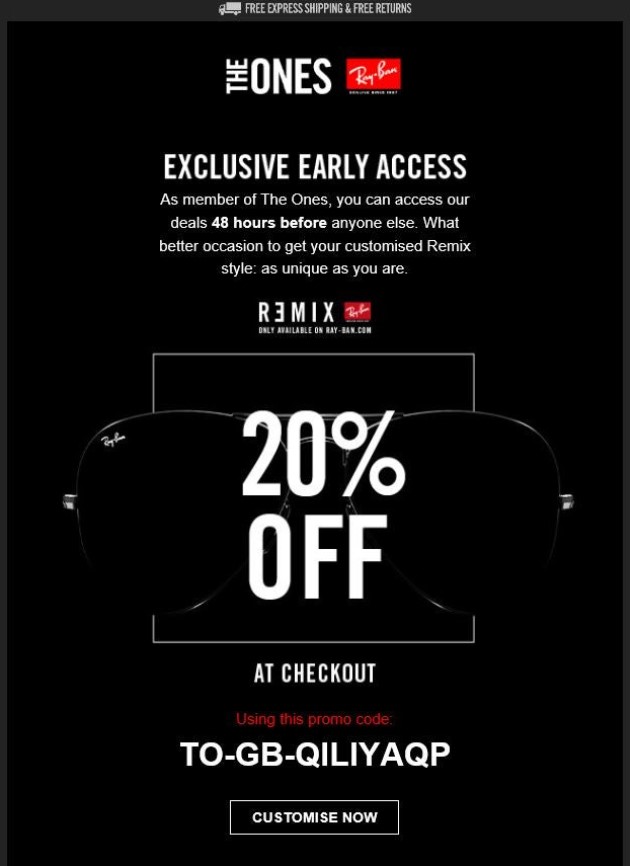
Tailor your messages around holidays to leverage the festive mood. For example, a Black Friday sale email should be sent a few days before to build anticipation.
- Current Events and News Cycle:
Pay attention to major events that might impact email engagement. These events can distract or engage your audience in different ways.
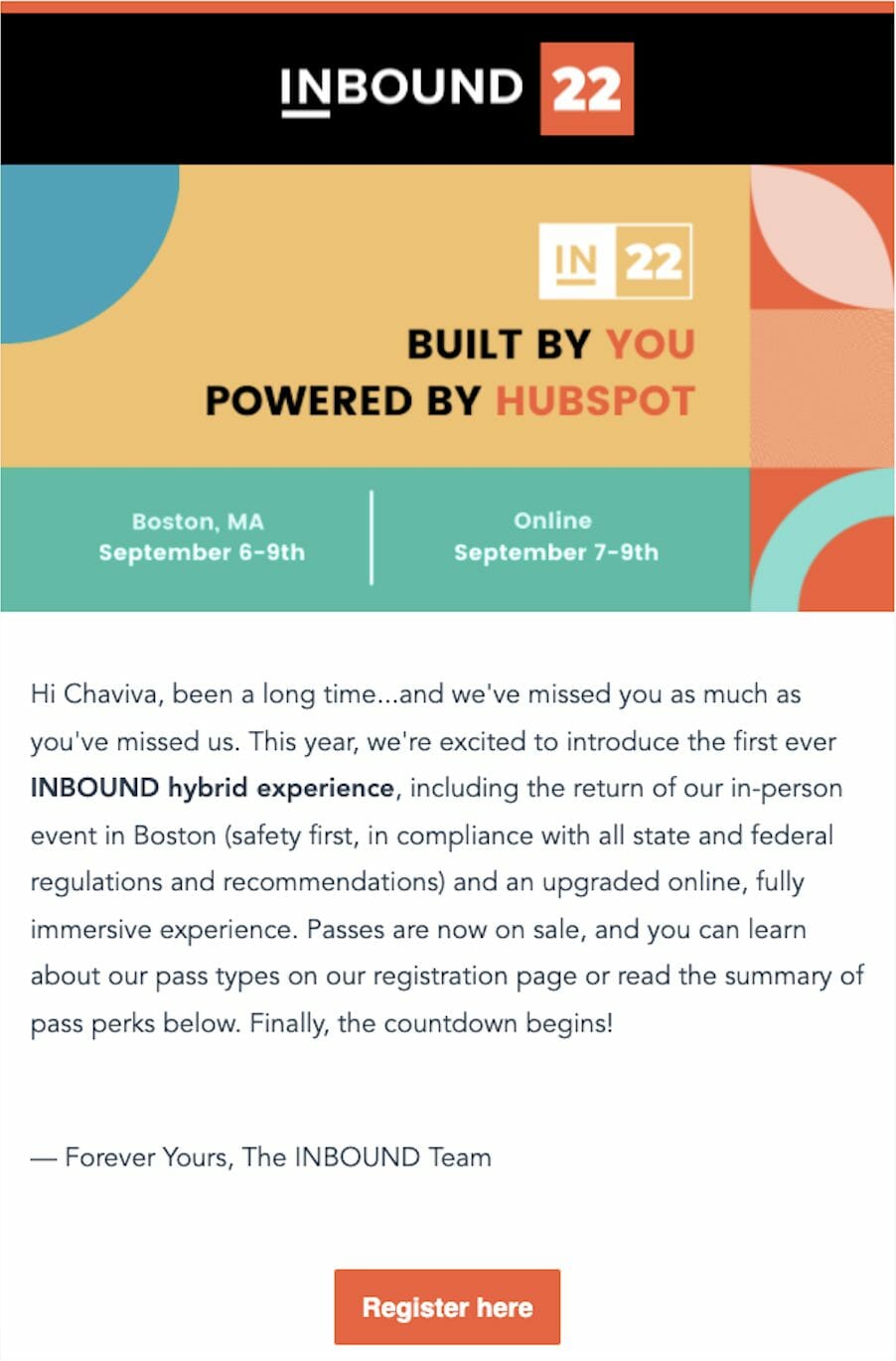
For news-related sectors, aligning your email schedule with the news cycle can capture high interest. For instance, sending relevant updates during a major industry conference can keep your audience informed and engaged.
8. Email Content
Recipients are drawn to emails that resonate with their interests and offer value. Understanding your audience and creating engaging content tailoring toward them can influence when your emails are opened.
Subject Lines and Pre-Headers
- Subject Lines: These are pivotal in grabbing attention. Studies suggest that subject lines that are relevant, intriguing, and provide a sense of urgency can boost open rates. For example, “Your Exclusive Offer Ends Today!” prompts immediate action.
- Pre-Headers: Complement the subject line with a pre-header that expands on the teaser, giving recipients a peek into the email’s value.
Personalization and Its Impact
Personalization extends beyond addressing recipients by their first name. Tailoring content to reflect recipients’ behaviors and preferences indicates you understand their needs, potentially impacting the timing of when the email is read. For instance, an email presenting products similar to previous purchases might be opened more promptly than a generic promotional email.
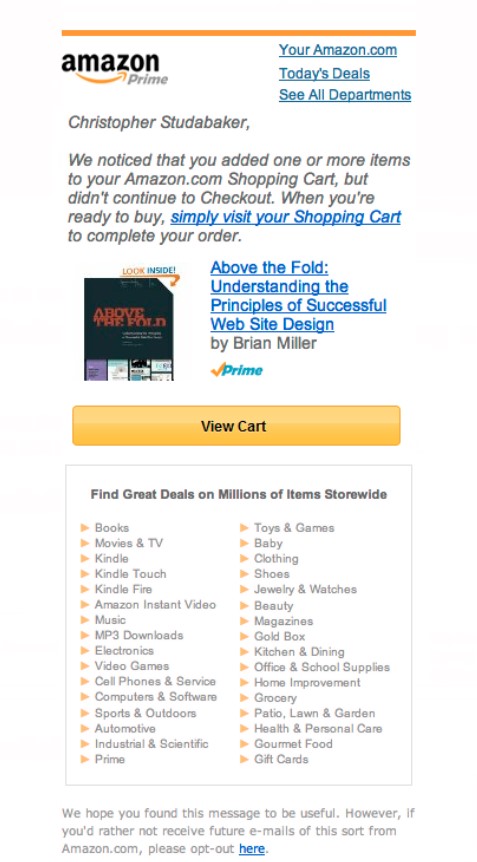
Tips for Effective Email Content:
- Use bold or italicized text for emphasis.
- Keep paragraphs short for readability.
- Segment your audience and personalize content to increase relevance.
It’s understandable that we can all feel creatively drained from time to time. Inspiration for writing can come from various current trends and popular campaigns across the marketing world, books and art, and exciting events in your company. If you do happen to run out of ideas or just lack time, you can also use the help of AI content writers to compose drafts for email content while still personalizing and formatting it as intended.
9. Technology and Device Usage
Technological factors reshape when and how recipients engage with their emails. Also, the medium through which recipients access their emails can significantly impact open rates. Here is how:
- Desktop vs. Mobile Open Rates:
Typically, emails opened on a desktop may indicate a professional setting or a dedicated time for email checking. In contrast, mobile devices suggest on-the-go accessibility and convenience. Mobile devices accounted for 62% of email open rates.
For instance, if you’re targeting professionals during work hours, they might be more receptive to your emails on a desktop. On the other hand, a mobile-friendly email might perform better if your audience frequently checks their phones throughout the day.
- Email Client Differences:
The platform used to open emails—such as Gmail, Outlook, or Apple Mail—can have its preferences and peak usage times. Moreover, how your email displays may vary across clients, which can affect engagement rates.
For example:
| Email Client | Common Use Time | Actionable Tip |
| Gmail | Early morning, lunch | Optimize for mobile view |
| Outlook | Work Hours | Use a professional tone and layout |
| Apple Mail | Evening | Ensure your email is visually engaging |
10. Historical Data and Analytics
Analyzing historical data is crucial for optimizing your email campaign success. By examining your past email performance metrics, you can identify patterns that may predict future success. Focus on open rates, click-through rates, and conversion rates at various send times across different days of the week.
A/B testing, also known as split testing, is a method you can utilize to test your email send times rigorously. Start with two different send times, keeping all other variables constant, and measure which time yields better engagement.
For example:
- Group A: Receives emails at 9 AM
- Group B: Receives emails at 1 PM
| Metric | Group A Results | Group B Results |
| Open Rate | 20% | 25% |
| Click-Through Rate | 10% | 15% |
| Conversion Rate | 5% | 7% |
Based on these results, you would consider adopting 1 PM as a more effective send time for future campaigns.
Remember to calculate statistical significance to ensure that the results from your A/B tests are not due to random chance. Use tools like email marketing software with built-in analytics to efficiently gather and compare the data.
Tracking and analysis are iterative processes. Try to use a few different data collection methods. The more data you collect, the more accurately you can identify the best times to send emails.
11. Competition
When considering optimal email timing, understanding when others in your industry are sending emails is crucial. Your competitors’ email send times can saturate your audience’s inboxes, which means your message might get lost in a sea of others. Strive to find your unique time slot where your emails can stand out for increased visibility and engagement.
- Identify Peak Send Times:
Begin by identifying common email send times within your industry. For instance, many companies send emails on a Tuesday morning, which could be peak competition time.
- Utilize Off-Peak Periods:
Your goal is to use timing to your advantage. Emails sent during off-peak hours could have a better chance of being noticed. For example, if heavy traffic occurs from 9 AM to 11 AM, consider a less saturated time slot, such as 11 AM to 1 PM.
It’s crucial to pay attention to industry patterns but don’t follow them blindly. Instead, forge a path that places your emails in the sweet spot of your audience’s attention by capitalizing on less crowded time windows.
Is Timing the Key to Your Email Success Story?
Determining the optimal time to send emails can significantly enhance your engagement rates.
Here’s a succinct recap to guide your strategy:
- 9 AM to 12 PM: A window of high engagement,
- 1 PM: Noted for spikes in reply rates,
- 10 AM: Another pivotal time that could increase your open rates.
However, these are not one-size-fits-all solutions. It’s essential for you to test different times and days to find what works best for your specific audience. The interaction patterns for email are constantly evolving, so staying informed and adapting your tactics is key.
Remember, your email’s success depends on aligning with your recipients’ preferences and behaviors. Keep tracking, keep testing, and stay abreast of the latest trends to keep your email strategy effective.
About the Author

